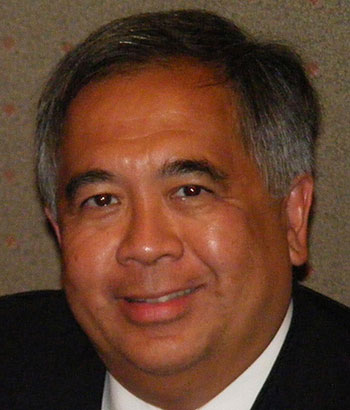Feng Shui History

Dr. Michael Oon

As the Chinese civilisation developed, methods of having a safe dwelling with productive farmland developed. This knowledge was gathered and became useful to the various leaders of the region. It was important knowledge as this brought prosperity for the people. It was known as “Kan Yu” which literally means “management of the land”.
At that time, China was divided into many states and they fought for land, people and power. As legend says, the victorious states won because of their prosperity which was aided with the use of effective feng shui. With greater prosperity, more resources could be spent on warfare.
At the time of the 1st Emperor Qin Shi Huang (247 to 221BC), feng shui was firmly embedded into Chinese Civilisation and the Court of the Emperor. The Imperial Court of the Chinese Emperor ended 1912 AD.
Feng Shui together with the other Chinese disciplines were developed in the Court of the Emperor where the knowledge was not only developed but unified with the central core being Energy, Five Elements etc. This was known as the Five Arts.
The interest in Feng Shui was sparked in the West in the 1990 with the book “Feng Shui” by Sarah Rossbach. It was about the work of a Buddhist Monk in Hong Kong called Lin Yun who developed the “Triple Gate Method” method.
Links to Reviews of Various Feng Shui Topics
Feng Shui for Bedrooms (An Overview)
Feng Shui for Living Room (An Overview)
Feng Shui for Dining Room (An Overview)

